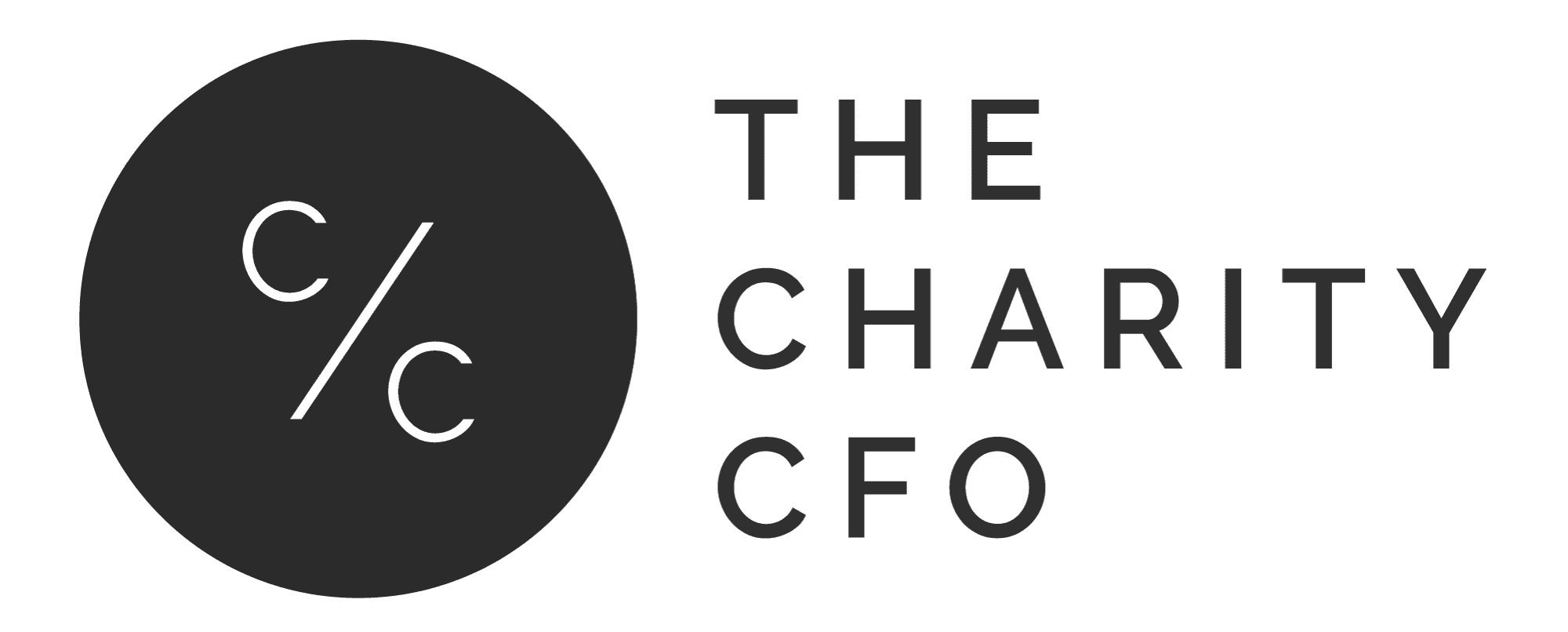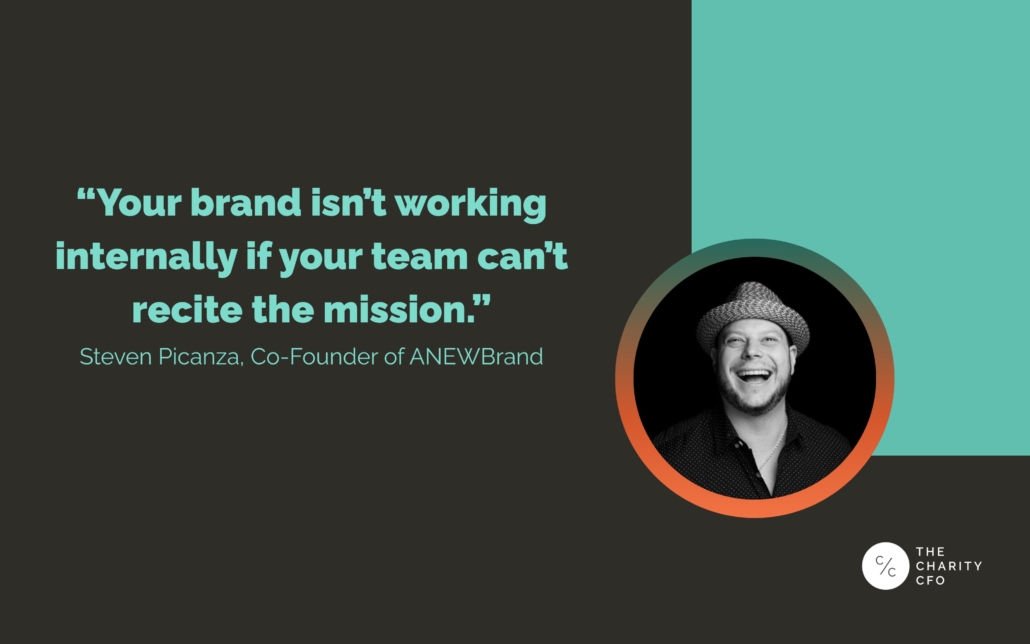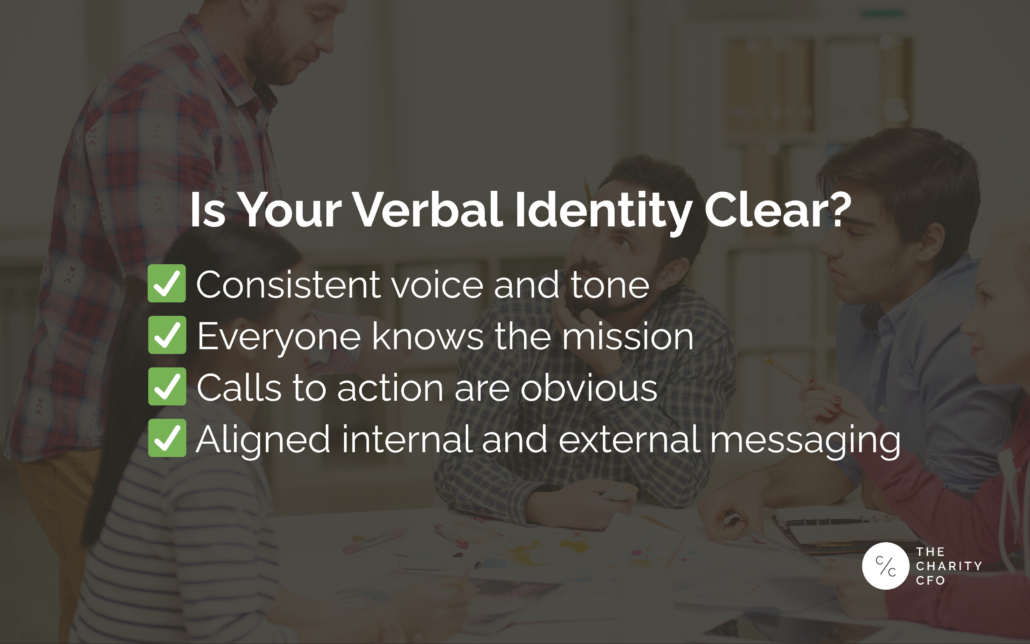Find Your People: What Nonprofit Advocacy Really Looks Like Behind the Scenes
Advocacy in the nonprofit world often gets narrowed down to policy, awareness campaigns, or boardroom pitches. But as Courtney Johnson of Culinary Care reminds us, the most powerful kind of advocacy happens one relationship at a time—starting with yourself.
On this episode of A Modern Nonprofit Podcast, host Tosha Anderson sits down with Courtney Johnson, who founded Culinary Care at just 23 years old after losing her father to cancer. What began as a simple act of service—delivering a hot, restaurant-prepared meal to one patient—has grown into a mission-driven nonprofit serving cancer patients across regions.
This isn’t a story about scaling overnight. It’s a story about finding your people, listening to your community, and building a nonprofit that meets a need no one else was addressing.
Advocacy Starts With Listening
Courtney didn’t launch Culinary Care with a perfectly polished plan. She started with a single goal: to give comfort and nourishment to cancer patients in outpatient care—people who often spend hours at treatment centers with no access to meals.
The turning point? A handwritten four-page letter from the first patient she served. That one story opened Courtney’s eyes to the emotional, physical, and financial weight patients carry—and helped her realize she wasn’t just delivering meals. She was delivering connection, dignity, and care.
That’s where advocacy truly began—not with a pitch deck, but with presence.
Ignore the Naysayers. Find Your People.
As a young founder, Courtney faced skepticism at nearly every turn. Lawyers, donors, and even friends questioned her decision to start a nonprofit with no culinary background, no logistics team, and no fundraising experience.
But instead of internalizing the doubt, she used it as fuel. “Every donation is like a vote,” she says. “It’s someone saying, ‘I believe in this mission—and in you.’”
Rather than trying to win everyone over, Courtney focused on finding the people who already believed in what she was building. From patients to donors to hospital staff, she built a community rooted in trust, transparency, and shared values.
This is where most nonprofit founders get stuck. They pour energy into convincing the wrong audience instead of connecting with the right one. As Courtney puts it: “You’re not here to change someone’s mind who doesn’t believe in your mission. You’re here to find the people who already do—and might not know you exist yet.”
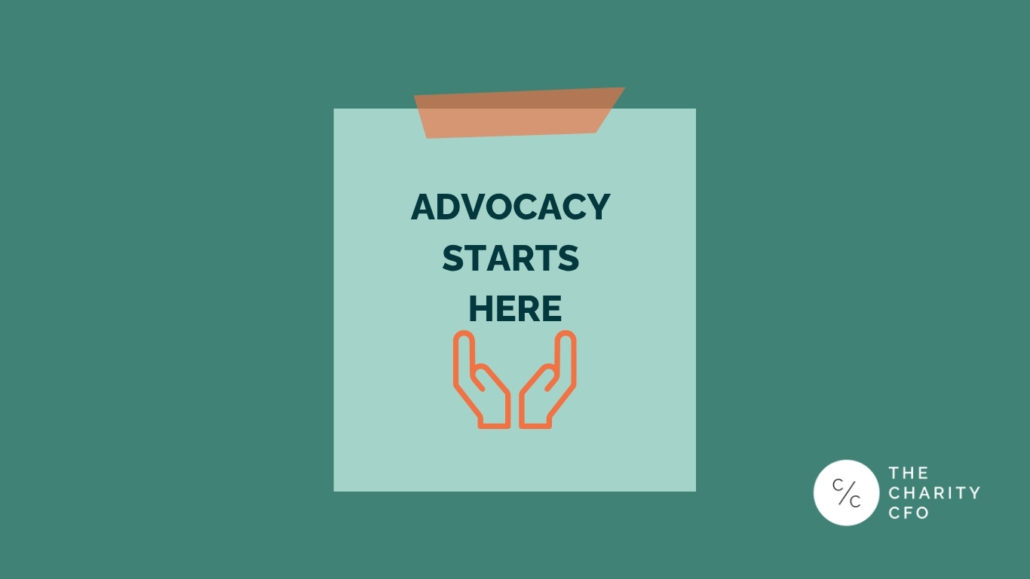
Start Small. Stay Aligned.
Courtney didn’t start with a massive donor list or a staff of 10. She worked full-time, delivered meals on her lunch break, and relied on family and friends to help grow the mission—one meal at a time.
Eventually, she expanded that model through intentional, mission-aligned fundraising. Instead of a traditional gala, she launched a Corporate Cook-Off—a unique, branded experience that aligned with her audience and her mission. Ten years later, it’s still their most successful annual event.
Her advice to founders? Start with your strengths. Don’t mimic what other nonprofits are doing if it doesn’t make sense for your mission. Get creative, stay authentic, and build with sustainability in mind.
Real Advocacy = Real Alignment
One of the most compelling parts of Courtney’s journey is how Culinary Care stayed operational during the COVID-19 shutdown. When hospitals locked down and restaurants closed, she turned to her community, raised emergency funds, and delivered meals through creative new systems—with nurses stepping in to help.
That’s what advocacy looks like at its best: mutual mission alignment. When you partner with people who care about the same outcomes, advocacy isn’t a hard sell—it’s a shared effort.
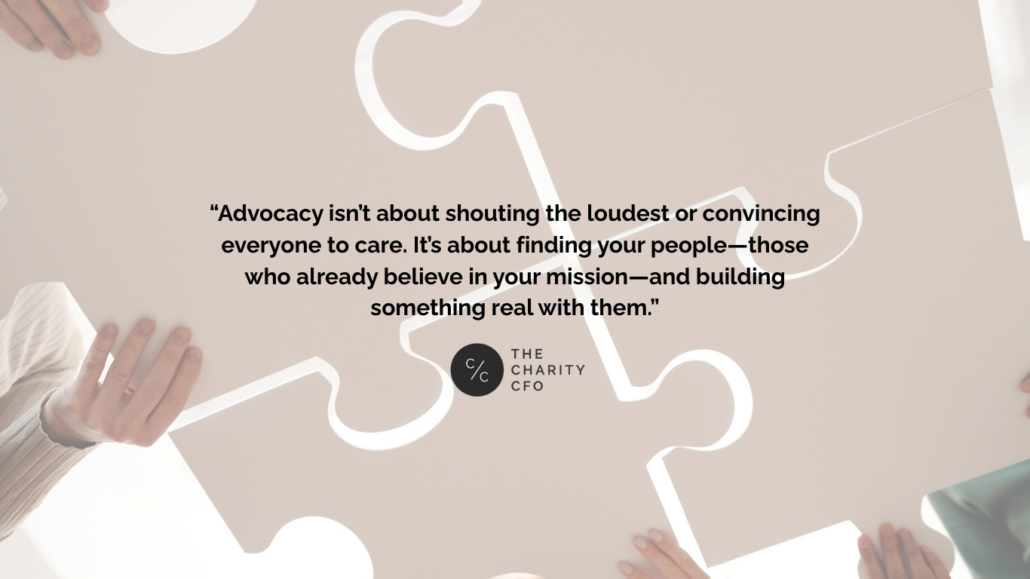
Advocacy Is a Relationship
This episode isn’t just for nonprofit founders—it’s for anyone trying to lead with purpose and grow something meaningful. Courtney’s story reminds us that advocacy is less about shouting louder and more about showing up, listening, and building from trust.
If you’re a nonprofit leader looking for direction, motivation, or just a reminder that you’re not alone in this work—this one’s for you.
Connect with Courtney Johnson
LinkedIn: https://www.linkedin.com/in/courtney-s-white/
Website: https://culinarycare.org/
Check Out These Blogs Next
Set Up a Nonprofit Chart of Accounts (Free Template)
Follow Us Online
Stay connected and get more exclusive content on:
- Website: www.thecharitycfo.com
- Instagram: @thecharitycfo
- Facebook: https://www.facebook.com/thecharitycfo
- LinkedIn: https://www.linkedin.com/company/the-charity-cfo-llc/posts/?feedView=all
- TikTok: @thecharitycfo
- Spotify: https://open.spotify.com/show/6hofQXPCxiPZuZy3OecW8y
- Apple Music: https://podcasts.apple.com/us/podcast/a-modern-nonprofit-podcast/id1542301310
Get Involved
About The Charity CFO
The Charity CFO is an accounting partner that truly understands nonprofits. Our team knows the missions that drive you, the obstacles that challenge you, and the dedication your job demands. We “get” nonprofits, because nonprofits are all that we do. If you need help with your accounting and bookkeeping, let’s talk.
Book a FREE consultation here!
